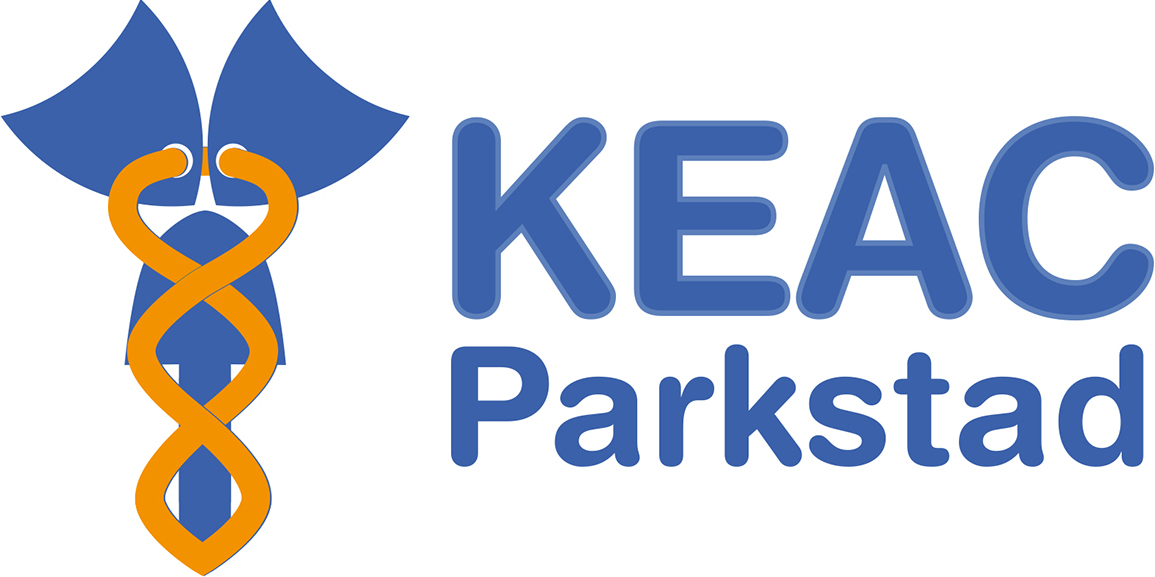How does a COVID-19 infection develops: un update
Red blood cells transport oxygen from the lungs to all organs and the rest of the body. Red blood cells contain haemoglobin, a protein that consists of four groups of heme. These four groups have iron ions trapped in their centres, with the groups of heme acting as a container so the ions can be transported safely. Iron in its free form is quite toxic. Haemoglobin is used to bind to oxygen as it enters the lungs.
When red blood cells reach the lung alveoli, where gas exchange takes place, the iron ions switch between the 2+ and 3+ ionic states and bind to oxygen, then transport oxygen to where it is needed in the body.
COVID-19 binds to the hemoglobin beta chain
The hemoglobin molecule consists of four porphyrin chains, two of which are identical. The most common hemoglobin in humans consists of two alpha and two beta chains. The COVID-19 virus binds to the beta chain and causes the blood cells to produce glycoproteins. These bind to the haem and the iron ion is released. Without the iron ion, oxygen can no longer bind to the hemoglobin and is released. In the long term, oxygen saturation is therefore lower; the SpO2 level drops.
The release of erythropoietin in the kidneys
The body compensates for this lack of ability to transport and release oxygen (hypoxia) by allowing the kidneys to release hormones such as erythropoietin. Erythropoietin increases the production of new red blood cells with haemoglobinis released in the bone marrow. For this reason, increased haemoglobin and reduced oxygen saturation in the blood are one of the most important characteristics for an infection, along with increased iron. Free iron from the infected blood cells enters the blood is highly reactive and causes oxidative damage. There are two ways the lungs can eliminate free iron: the alveoli contain macrophages that can detect and absorb free radicals such as free iron. The second is a lining of the walls, the so-called epithelial surface, which has a thin layer of liquid packed with high levels of antioxidant molecules. These molecules can bind the free iron.
Pulmonary oxidative stress
Due to the large amount of iron, these measures to bind the iron are overloaded and the process of pulmonary oxidative stress begins. This leads to damage and inflammation, which can be seen in CT scans of the lungs of COVID-19 patients. With these inflammations, the fluid layer drops into the alveoli. In pneumonia, this damage is almost always on one side of the lungs, but in COVID-19 patients it is always bilateral, so to both sides.
The red blood cells can simply no longer transport oxygen. The affected haemoglobin is permanently deprived of its power because it has lost its iron ion.
The liver is trying to store iron
The liver tries to remove the iron from the blood and store it again. The liver is also overloaded due to the lack of oxygen. Liver cells die and alanine aminotransferase (ALT) and other liver enzymes are released. Increased ALAT, CRP and Alkalic Phosphatase are also characteristic.
Release cytokines such as Interleukin-8
Interleukin-8 is released in the upper respiratory tract in response to a viral respiratory infection, and polymorphonuclear neutrophils play an important role in this inflammatory reaction by recreation of ENS. This is in contrast to the predominantly eosinophilic reaction that occurs in atopic diseases (allergies) of the upper and lower respiratory tract.
Effect on HPU (under construction)
If you, as a patient with HPU, have questions, you can send an e-mail to info@nullkeac.nl.

